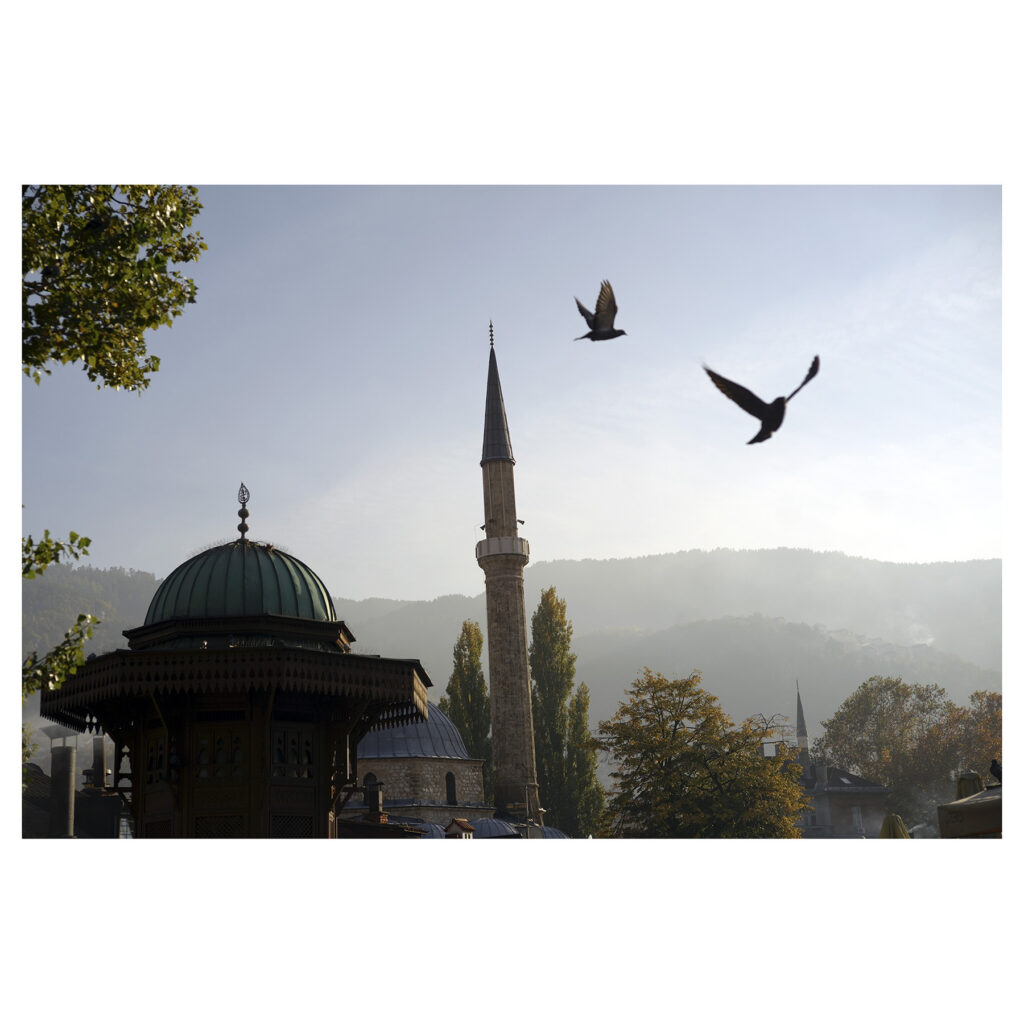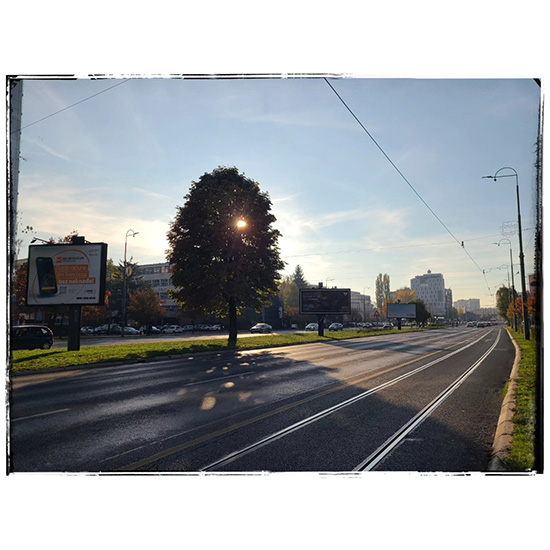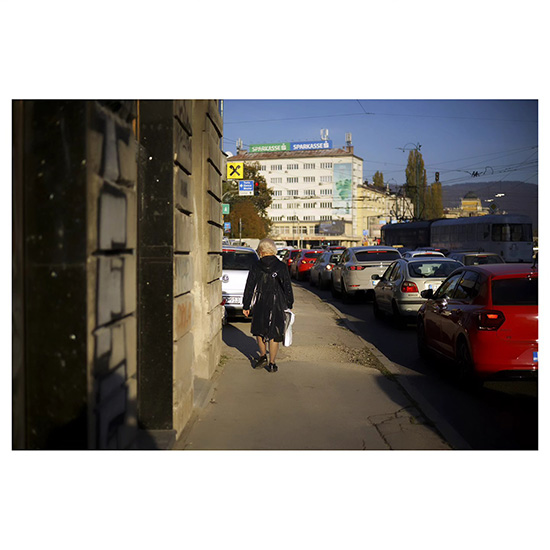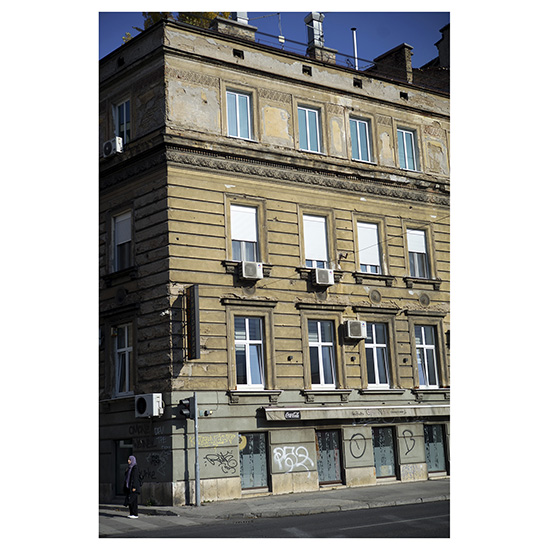
…15:17…Sarajevo… before i arrived i looked at photographs of Bascarsija, The Old Town, taken during the Siege of Sarajevo when the famous part of the city was obliterated. every photograph was filled with smoke, fire, and destruction that reigned the sky. i wanted to stand in the same place where most of these photographs were taken. today, instead of missiles, bullets and artillery, the sky was mostly filled with birds gliding from rooftop to rooftop.
i’ve tried for ten years to photograph stories about women and children who experienced the Siege of Sarajevo. all attempts lead to a dead end. this time, i’m in Sarajevo to continue photographing my project about transgender and gender non-binary people. i had also tried to photograph this subject in Sarajevo for years and got nowhere. a couple of weeks ago, out of desperation, i tried again and was able to photograph six people who i’m extremely grateful for their bravery.
this photograph reminds me of a photograph i took years ago in Alexanderplatz. a bird flew into the frame while i was photographing an abandoned building that had Stop Wars painted across the top.



